Learn about the main challenges faced in project management and how to overcome them, ensuring the success of your team and your business.
Did you know that the Internet of Things (IoT) can revolutionize the way we manage and monitor our assets? Imagine being able to track the performance, location, and status of your equipment, vehicles, and machines in real-time, without the need for human intervention. This is possible thanks to IoT, a technology that connects physical objects to the internet and allows for intelligent data collection and analysis.
In this article, we will show how IoT can transform asset monitoring and the benefits for management and productivity.
What are the possibilities of IoT in asset monitoring?
IoT (Internet of Things) is a technology that enables devices to be connected to the internet and collect real-time data, generating a large amount of useful information for asset management. In asset monitoring, it presents numerous possibilities.
With IoT, sensors can be installed on equipment to collect data on temperature, humidity, pressure, vibration, among other parameters. This information is sent to the cloud, where it is processed and analyzed by artificial intelligence algorithms. This makes it possible to detect anomalies in equipment and perform preventive maintenance before failures occur.
With this same data, IoT allows for monitoring asset performance, identifying opportunities for improvement and optimization. Through constant analysis, it is possible to measure equipment efficiency and implement changes to increase productivity and reduce costs.
There is also the possibility of performing remote diagnostics, sending commands and adjustments to equipment, and in some cases, even performing remote repairs. Do you realize how many possibilities there are to improve asset management efficiency?
How does IoT generate quality information?
IoT generates quality information for asset management by using embedded sensors to monitor assets in real-time and deliver complete information to mobile devices. By using IoT technology in asset management, companies combine data with intelligence, allowing them to optimize processes and eliminate theft and loss.
The Internet of Things also allows for the collection and analysis of data on asset performance, location, and status, making it possible to detect problems early, implement improvements and optimizations, perform remote diagnostics, and schedule maintenance more efficiently.
How to ensure efficiency in the implementation of IoT devices and systems?
The implementation of IoT requires planning and investment because it involves a series of steps and challenges to create an intelligent and connected solution. Some of the steps are:
- Identify the goals and use cases of IoT for your business;
- Select the necessary IoT components, such as sensors, gateways, communication protocols, IoT platforms, and data analysis software;
- Implement and prototype the IoT solution, testing its functionality and performance;
Integrate the IoT solution with other advanced technologies if necessary;
- Apply necessary security measures to protect IoT data and devices.
IoT can improve asset management with real-time data, problem detection, process automation, and efficient maintenance. This reduces costs and increases productivity. And don’t forget that implementing IoT requires planning and investment, but it brings long-term benefits.
Find out how to enter this world of asset management with IoT right now with Manusis4. Request a demo and try it out!

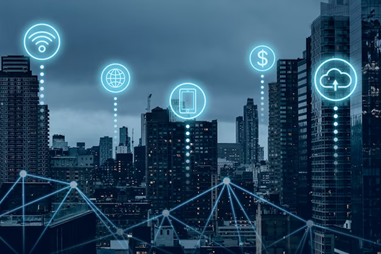
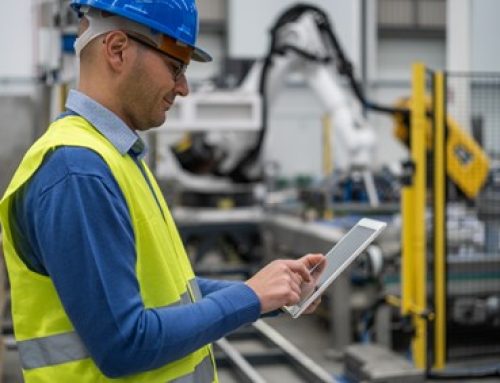
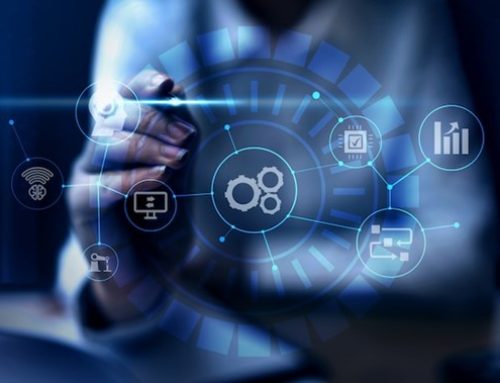
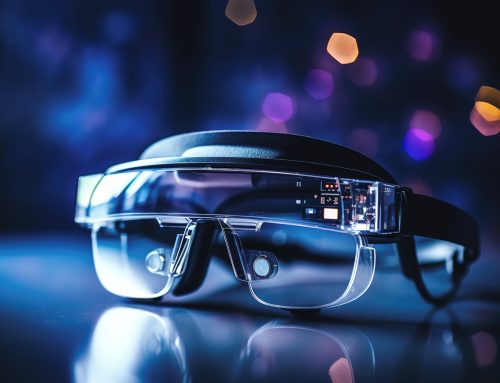
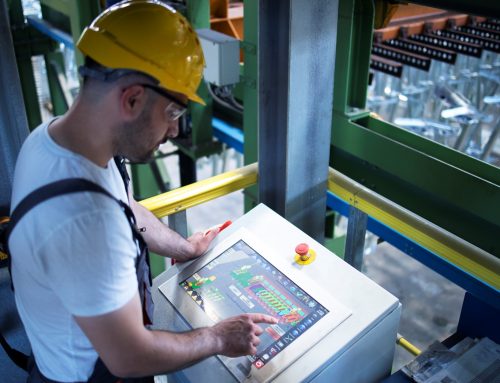
Leave A Comment